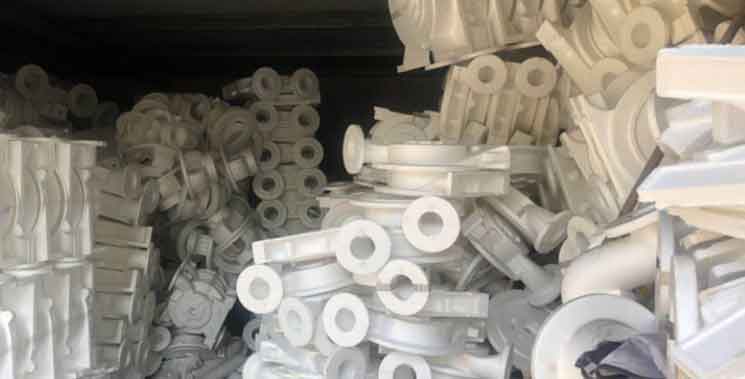
Investment casting, also known as precision casting or lost wax casting, offers several environmental benefits, making it a sustainable manufacturing solution. Here are some of the key environmental advantages of investment casting:
- Reduced Material Waste: Investment casting minimizes material waste compared to other manufacturing processes. The near-net-shape or net-shape production capability allows for the precise casting of components, minimizing the amount of material that needs to be machined or discarded. This reduction in material waste helps conserve natural resources and reduces the environmental impact associated with material extraction, processing, and disposal.
- Energy Efficiency: Investment casting is an energy-efficient process. The use of wax or wax-like patterns allows for the production of complex components without the need for extensive machining or fabrication. This reduces energy consumption during the manufacturing process. Additionally, investment casting involves the use of energy-efficient furnaces for melting and solidifying the metal, further contributing to energy savings.
- Emissions Reduction: Investment casting generates lower greenhouse gas emissions compared to other manufacturing methods. The process relies on lower energy consumption, which in turn reduces the carbon footprint associated with energy production. Additionally, investment casting typically uses cleaner melting processes and materials, resulting in reduced emissions of pollutants and harmful substances.
- Recyclability and Reusability: Investment casting promotes the use of recyclable materials, such as metals and ceramic shells. Scrap or excess metal generated during the process can be easily collected and recycled for future use. The ability to recycle and reuse materials helps reduce waste generation, conserve resources, and minimize the environmental impact of the manufacturing process.
- Avoidance of Hazardous Materials: Investment casting typically utilizes non-toxic and environmentally friendly materials. Wax or wax-like patterns used in investment casting are non-hazardous and can be easily melted or burned off during the process. Moreover, investment casting reduces the need for additional surface treatments or coatings, further minimizing the use of potentially hazardous substances.
- Longevity and Durability: Investment cast components are known for their durability and longevity. The high-quality materials and solid metal structures achieved through investment casting ensure that the produced components have a longer service life. This reduces the need for frequent replacement and associated manufacturing processes, resulting in lower resource consumption and waste generation.
- Integration and Simplified Assembly: Investment casting allows for the integration of multiple components into a single casting, reducing the need for separate parts and assembly operations. This streamlined approach simplifies the manufacturing process, reduces material usage, and minimizes the overall environmental impact.
Investment casting provides a sustainable manufacturing solution by reducing material waste, conserving energy, minimizing emissions, promoting recyclability, and utilizing non-toxic materials. The process aligns with environmental goals and regulations, contributing to a greener and more sustainable manufacturing industry. As sustainability becomes increasingly important, investment casting’s environmentally friendly characteristics make it an attractive choice for manufacturers seeking to minimize their environmental footprint.
